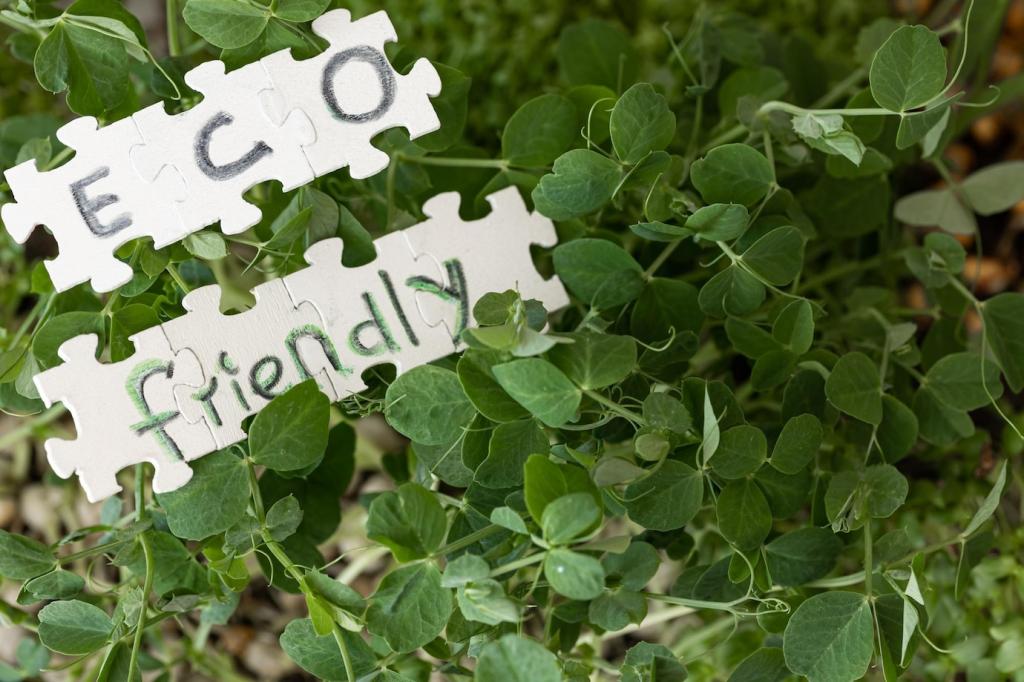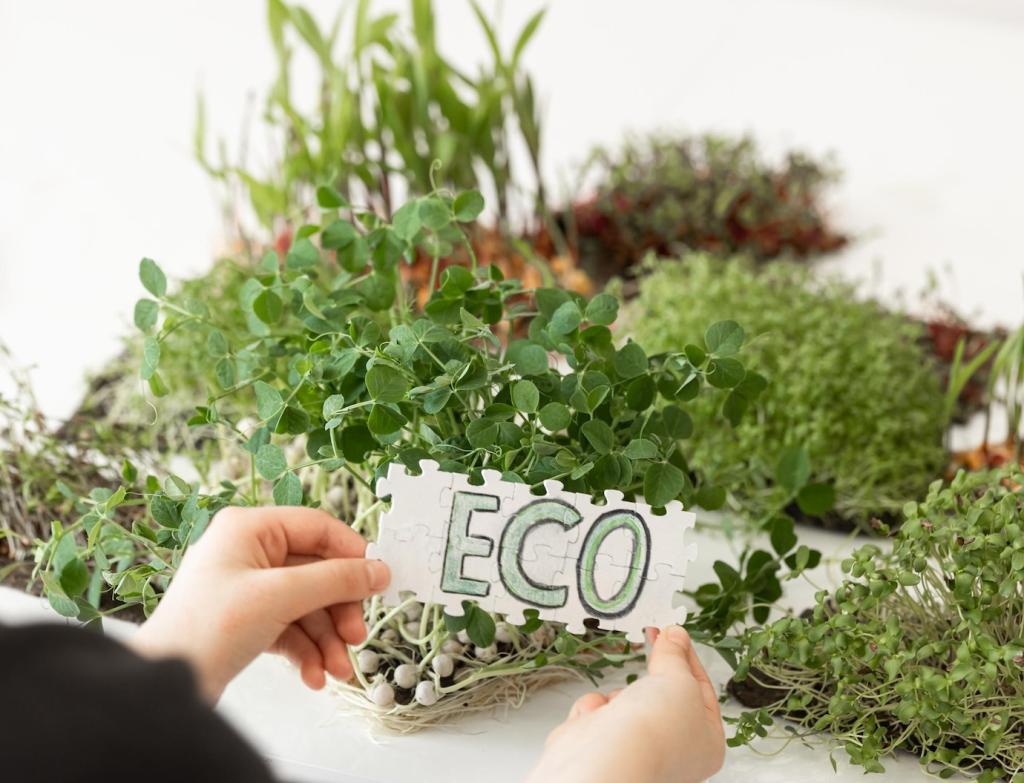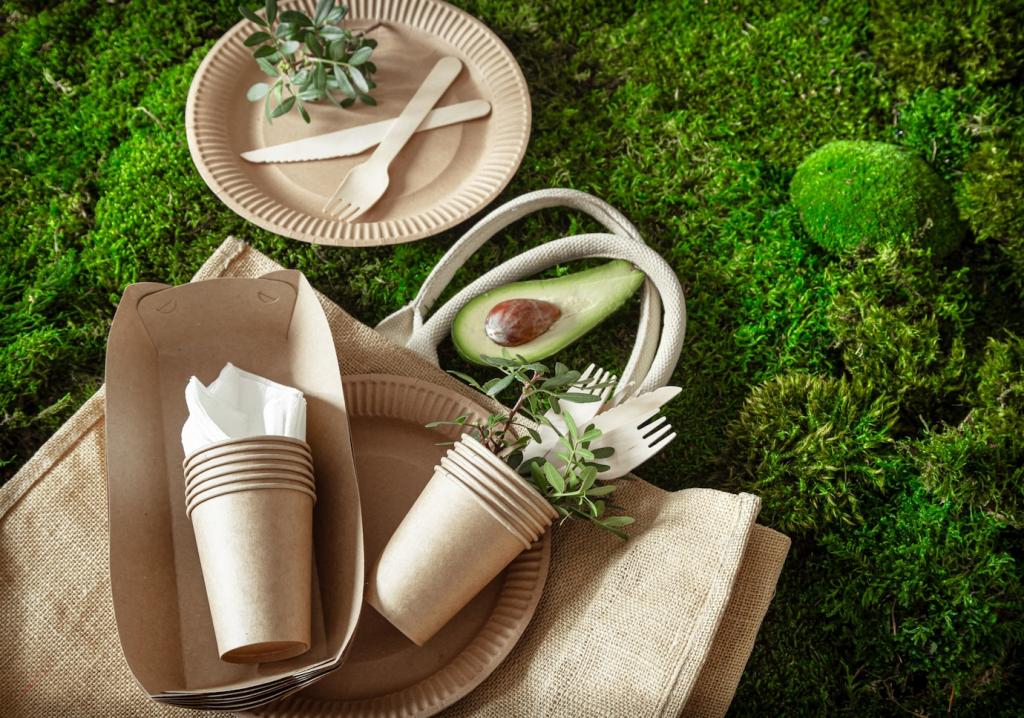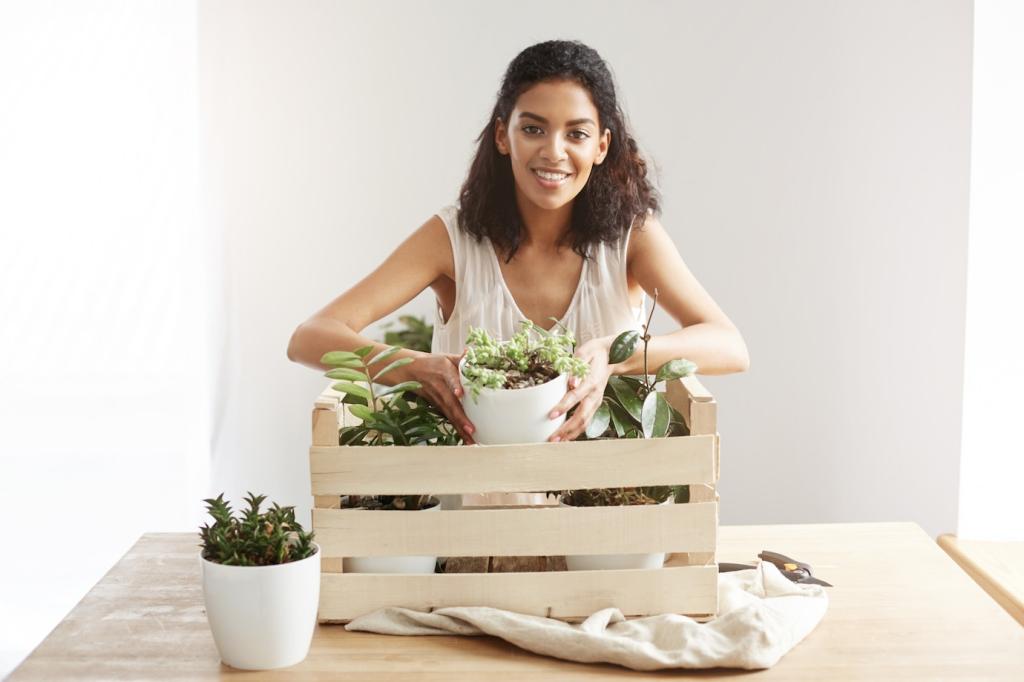Shine Naturally: DIY Recipes for Eco-Friendly Furniture Polish
Chosen theme: DIY Recipes for Eco-Friendly Furniture Polish. Welcome to a gentler way to care for the wood you love—using pantry staples, plant-based waxes, and mindful methods that leave a healthy glow. Think of this as a kitchen-to-cabinet adventure, where simple blends and slow buffing reconnect you with the stories etched into every tabletop. Subscribe for fresh recipes, seasonal scent ideas, and community-tested tips on polishing sustainably.

Olive or jojoba oil nourishes wood, white vinegar lifts dulling residue, and lemon zest adds a fresh, natural scent. Beeswax or carnauba wax locks in a soft sheen. Keep everything food-safe and biodegradable, and your cleaning ritual becomes kinder and more intentional.

Do a tiny patch test on a hidden spot, especially with antique or delicate finishes. Avoid excess moisture, and store mixtures in labeled jars. Air out rooms while polishing, and use soft cloths to protect surfaces while you build that satisfying, slow shine.

Homemade polishes skip propellants and silicone build-up, reducing indoor pollutants and long-term residue. You’ll reuse containers, cut plastic, and choose ingredients you recognize. Tell us the commercial product you replaced and how your furniture—and air—feels now.
Core Recipes for Everyday Shine

Daily Brightener: Oil and Vinegar Emulsion
Combine two parts olive or jojoba oil with one part white vinegar. Shake before use, lightly dampen a cloth, and wipe with the grain. Buff dry with a second cloth. It revives gloss while gently dissolving film without leaving a greasy feel.

Quick Dusting Mist for Busy Days
Mix distilled water with a spoon of vinegar and a teaspoon of oil in a spray bottle. Lightly mist a microfiber cloth—not the wood—and sweep gently. It captures dust while refreshing the surface, perfect for pre-guest touch-ups and weekly maintenance.

Lemon-Zest Lift for Kitchen Tables
Add a ribbon of lemon zest to your oil, steeping for a day to infuse aroma. Strain and blend with vinegar for a fragrant polish that pairs wonderfully with breakfast-table cleanup. Share your zest-to-oil ratio and how your family reacted to the fresh scent.
Wax Wonders: Deep Conditioning and Long-Lasting Sheen
Gently melt one part beeswax with three parts jojoba oil in a double boiler. Cool, then massage a pea-sized amount into wood using circular motions. Buff until fingerprints disappear. This balm brings out grain patterns that feel like a rediscovered story.


Wax Wonders: Deep Conditioning and Long-Lasting Sheen
Carnauba wax creates a firmer protective layer and a crisp shine. Blend finely grated flakes into warm sunflower or jojoba oil, stirring until smooth. Apply sparingly and buff thoroughly for a luminous finish that resists smudges and daily wear beautifully.


Match the Finish: Sealed, Unfinished, and Antique Care
Most modern tables are sealed with varnish or polyurethane. Light, oil-and-vinegar emulsions work best here. Avoid soaking; simply glide and buff. If you see streaks, reduce oil, increase buffing, and use a thinner, lint-free cloth for a streak-free finish.
Match the Finish: Sealed, Unfinished, and Antique Care
Use wax balms or very small amounts of non-drying oils like jojoba. Let the surface rest, then buff thoroughly. Skip vinegar on raw wood, as water can swell fibers. Share your favorite oiled-walnut transformation to guide others working with similar pieces.



Technique Matters: Cloths, Buffing, and Little Fixes
Use tight-weave cotton or microfiber to avoid lint. Reserve one cloth for applying, another for buffing. Wash without fabric softeners to keep fibers absorbent. A clean, dry buff often transforms a good recipe into a mirror-like finish you can celebrate.


Technique Matters: Cloths, Buffing, and Little Fixes
Apply in small circles, then finish with long strokes along the grain to erase swirls. Light pressure, multiple passes, and patience beat heavy, hurried wiping. You’ll see the wood relax into a soft glow, like sunshine settling across the room.
Sourcing and Sustainability: From Jar to Grain
01
Better Waxes, Better World
Seek responsibly harvested beeswax or choose plant-based carnauba for a vegan route. Transparent suppliers share origins and practices. Your purchase becomes a vote for thoughtful beekeeping, biodiversity, and a cleaner supply chain wrapped in a soft, lasting sheen.
02
Refill, Reuse, Relabel
Keep mixtures in glass jars with hand-written labels and dates. Refill bottles, upcycle cloths, and maintain a tiny tool kit. You’ll reduce waste while keeping recipes organized. Post your labeling system so others can replicate your simple, beautiful order.
03
Local Ingredient Love
Visit farmers’ markets for small-batch oils and wax. Ask vendors about pressing and filtration methods; those details affect scent and clarity. Share a short anecdote about a maker you met—the people behind the polish deepen the meaning of every shine.
